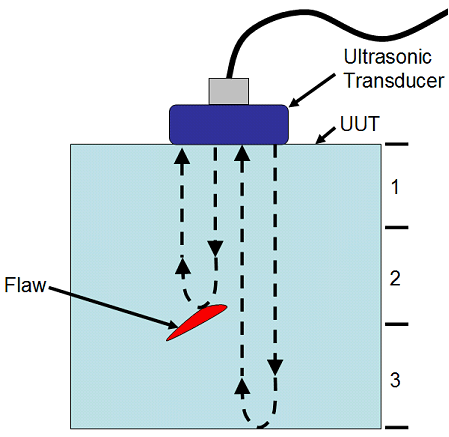September 6, 2014
What Is Audio Surveillance?
This was originally posted on http://www.wisegeek.com/what-is-audio-surveillance.htm, credit should go them as this is a interesting article.
Audio surveillance is the act of listening to third-party conversations and recording them. This technique is frequently used by law enforcement, private detectives and government spy agencies. Most audio surveillance consists of either bugging a room, wearing a wire, tapping a phone or distance listening. Each provides distinct advantages and disadvantages, depending on the situation.
Wiretapping is one of the most common and simple form of audio surveillance. This is preferred because it is highly inconspicuous and allows for two sides of a conversation to be clearly recorded. Small audio devices, commonly called bugs, are attached to the internal circuitry of a telephone to pick up a conversation. A signal is wirelessly transmitted to another device that records the conversation. The drawback of this method is getting access to a subject’s telephone to properly wiretap it.

Concealable transmitters known as body wires are well-known devices that have been featured in many television shows and movies. A small microphone and transmitting device are worn under the clothes of a person in order to send a signal back to a receiver and record a conversation. This allows the person wearing the wire to ask questions and get specific details that simply listening to other people’s conversations could not provide. The disadvantage of this method is getting access to the person needed to be recorded and also concealing the microphone in a way that hides it but allows for clear recording.
Long-distance microphones are another covert means of audio surveillance. A parabolic microphone, often called a shotgun microphone because of its long shape, has a powerful ability to pick up conversations up to 300 feet (91.4 m) away. Its main disadvantage is its high sensitivity. It can pick up other noises and cannot function if obstructions, such as trees and automobiles, are between the microphone and the conversation.
 Basic, everyday acts such as checking your emails, updating your Facebook or Twitter feed, answering the phone, or taking Skype calls are all a part of ‘communications technology’ as are the two-way radios used by public transport, security firms and the emergency services.
Basic, everyday acts such as checking your emails, updating your Facebook or Twitter feed, answering the phone, or taking Skype calls are all a part of ‘communications technology’ as are the two-way radios used by public transport, security firms and the emergency services. Applications for ultrasonic transducer-based electronics included use in early television remote controls as signal devices, and, as of 2011, in anemometers used by weather stations to monitor wind course and speed. They are used in industrial applications to monitor the level of fluid in a tank, and in modern-day automobiles as of 2011 for echo location sensors to indicate objects in close proximity to the path of a vehicle that is backing up or pulling into a garage. Since an ultrasonic transducer can also play the role of an ultrasonic transmitterthrough input electrical power, they offer the capability of a primitive type of sonar in many cases. Sound waves can be reflected off of a surface and the distance to that surface measured by the time and frequency of the wave that bounces back.
Applications for ultrasonic transducer-based electronics included use in early television remote controls as signal devices, and, as of 2011, in anemometers used by weather stations to monitor wind course and speed. They are used in industrial applications to monitor the level of fluid in a tank, and in modern-day automobiles as of 2011 for echo location sensors to indicate objects in close proximity to the path of a vehicle that is backing up or pulling into a garage. Since an ultrasonic transducer can also play the role of an ultrasonic transmitterthrough input electrical power, they offer the capability of a primitive type of sonar in many cases. Sound waves can be reflected off of a surface and the distance to that surface measured by the time and frequency of the wave that bounces back.